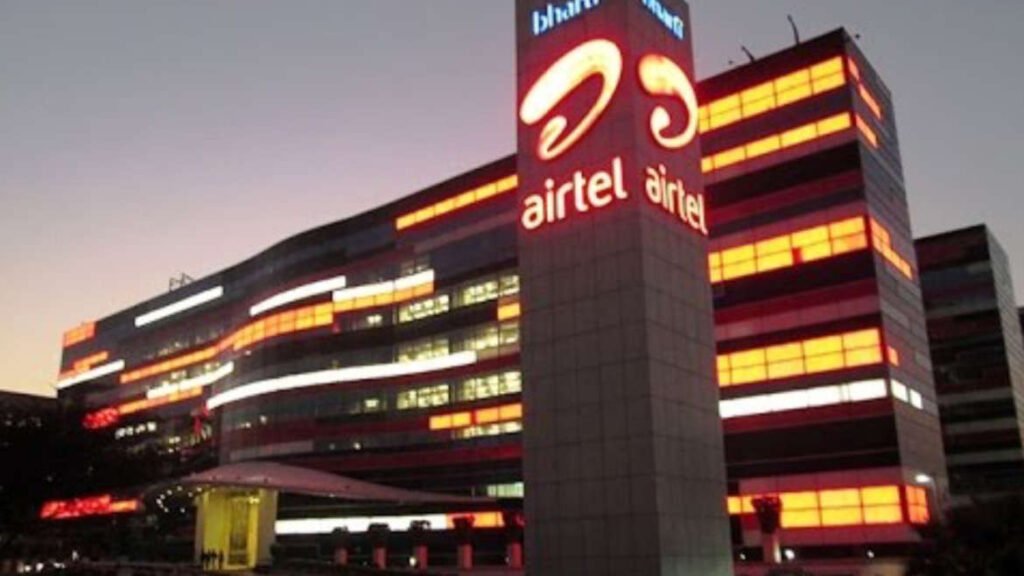Mobile Tariff Hikes: Airtel and Jio have announced significant increases, marking the first major rate hike by a telco since 2021. Jio’s new rates, effective July 3, rise by 12-25%, while Airtel’s hikes take effect immediately. These adjustments aim to boost average revenue per user (ARPU) due to substantial investments in 5G services.
Bharti Airtel, one of India’s leading telecommunications companies, is set to increase its tariff prices. This move comes as part of a broader strategy to enhance network quality, expand infrastructure, and ensure sustainable growth amidst rising operational costs. The decision reflects the ongoing shifts in the telecom industry, where companies are balancing competitive pricing with the need for financial stability.
Background of Bharti Airtel
Bharti Airtel, a major player in the Indian telecom market, has a long history of innovation and service excellence. Known for its extensive network coverage and diverse service offerings, Airtel has been a favorite among consumers for years. The company has continually invested in cutting-edge technologies and infrastructure to provide high-quality service to its subscribers.

Reasons for the mobile tariff hikes
- Increasing Operational Costs: One of the primary reasons behind the tariff hike is the rising operational costs. Maintaining and upgrading network infrastructure, especially with the rollout of 5G technology, requires significant investment. The increased tariffs will help Airtel manage these costs more effectively.
- Sustainability and Profitability: To ensure long-term sustainability and profitability, Airtel needs to adjust its pricing. This move is aimed at balancing the company’s growth ambitions with financial health, allowing it to continue investing in new technologies and services.
- Industry Dynamics: The telecom industry in India has seen several tariff hikes in recent years, with competitors like Reliance Jio and Vodafone Idea also raising their prices. Airtel’s decision is in line with these industry trends, ensuring it remains competitive while maintaining service quality.
Impact on Consumers
The tariff hike will have various impacts on consumers, both positive and negative. While some users might feel the burden of higher costs, others might benefit from improved service quality. Here’s a closer look at the potential implications:
- Increased Costs: For many consumers, the immediate impact will be higher monthly bills. This could lead to changes in user behavior, with some opting for cheaper plans or reducing their data usage to manage costs.
- Better Services: The additional revenue from the tariff hike will enable Airtel to invest more in its network infrastructure. This means better coverage, faster internet speeds, and more reliable service, which can significantly enhance the user experience.
- Market Dynamics: The tariff increase might prompt some consumers to explore other options in the market. However, given Airtel’s reputation for quality service and its extensive network, it is likely to retain a large portion of its subscriber base.
Industry Reactions
The announcement of Airtel’s tariff hike has garnered mixed reactions from industry experts and stakeholders. Analysts generally view this move as a necessary step for the company’s long-term viability. According to telecom analyst Rajesh Mishra, “Airtel’s decision to increase tariffs is a strategic move that reflects the need for sustainable growth in the industry. It is essential for maintaining high-quality services and continuous technological advancements.”
Competitors might see this as an opportunity to attract Airtel’s price-sensitive customers. However, they are also likely to follow suit, as the need for higher tariffs to sustain operations is a common challenge across the industry.
Government and Regulatory Perspective
From a regulatory standpoint, the tariff hike aligns with the broader objectives of ensuring a financially healthy telecom sector. The Telecom Regulatory Authority of India (TRAI) has been supportive of rational pricing to maintain industry stability and promote fair competition. A TRAI official mentioned, “While protecting consumer interests is crucial, it is equally important to ensure that telecom operators remain financially viable. This enables continuous investment in infrastructure and technology, ultimately benefiting consumers.”
Bharti Airtel’s decision to hike tariff prices marks a significant shift in its approach to balancing affordability and quality. While consumers may initially feel the impact of higher costs, the long-term benefits of improved services and network reliability could outweigh the immediate drawbacks. This move is expected to set a precedent in the industry, with other telecom operators likely to follow.
As Airtel navigates this transition, the telecom industry is poised for a phase of consolidation and growth driven by sustainable pricing and enhanced service quality. The coming months will reveal how consumers adapt to these changes and how the competitive landscape evolves in response.
In summary, Bharti Airtel’s tariff hike is a strategic decision aimed at ensuring the company’s long-term growth and stability. While it may bring short-term challenges for consumers, the overall impact on service quality and industry health is expected to be positive.
You might also be interested in – Bharti Hexacom announces IPO pricing between Rs 542 and Rs 570 for the opening on April 3rd